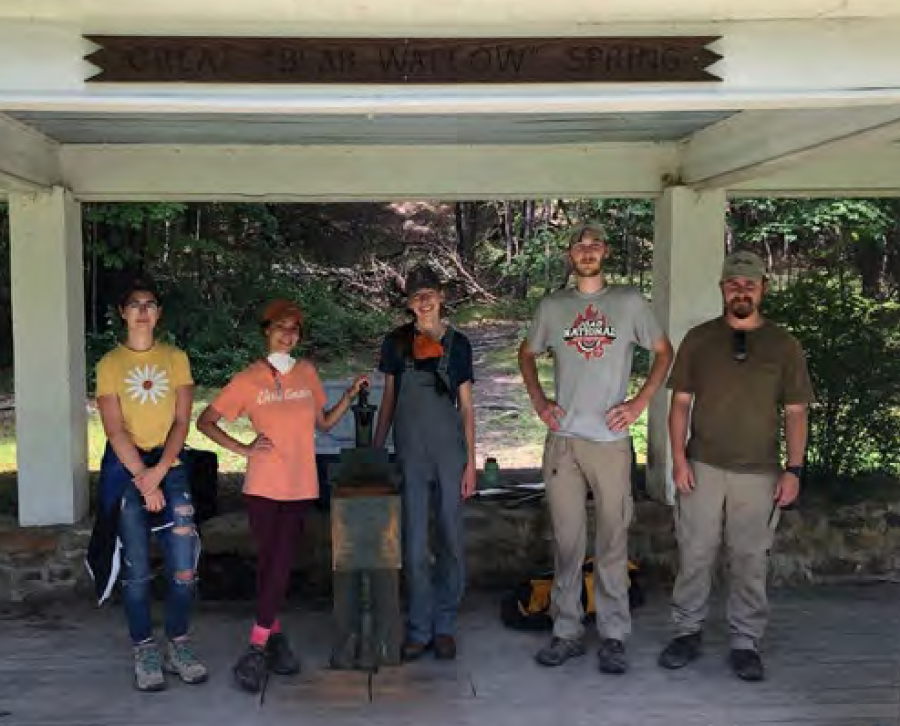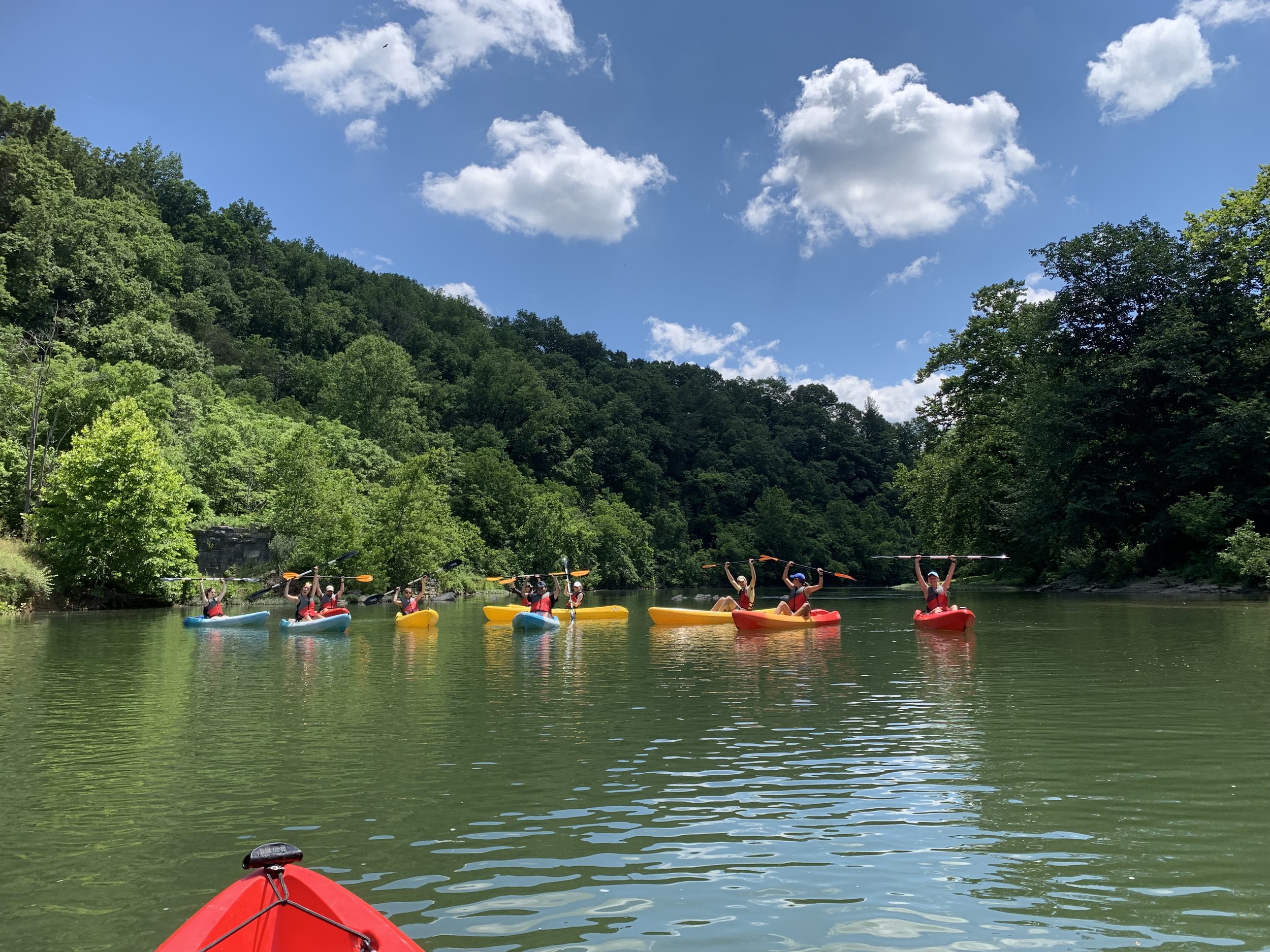This summer I’ve had the fantastic opportunity to work with Dr. Margaret Anne Hinkle and Dr. Eva Lyon as they led a Keck Geology Consortium Advanced Summer Research project on manganese (Mn) contamination in soils and waters of the surrounding area. Beginning in Spring Term, preparations were made for the arrival of seven students from visiting universities, as well as two more of our own. In the wake of COVID, which we’re getting used to living with and working around, preparations included stocking up on KN95 masks and personal lab goggles, reserving all of the vans, and LOTS of hand sanitizer. After the common experience of anticipated summer projects being canceled last year, health and safety was the number one priority, which allowed us to successfully see the program to completion!
In the Shenandoah Valley region of Virginia, 21% of groundwater wells are plagued by Mn contamination at levels which have been found to cause adverse health effects if chronically consumed (McMahon et al. 2018; Langley et al. 2015). Nine fourth-year students from across the country and I spent four weeks travelling around the region collecting soil and water samples in and around springs to determine the origin, behaviors, and controls of any Mn found. Springs were of specific interest to us because of the interface they create between the water table, a saturated, typically less oxygen rich environment, and the surface. Because of the immense differences in dissolved oxygen between the groundwater and surface water, the stage is set for interesting and meaningful redox reactions which can transform metals from harmless oxides to potentially deadly aqueous constituents. Such is the case for Mn, which in its oxide form (Mn[III/IV]) is an essential part of humans’ diets, yet as an aqueous ion can cause brain development issues and even hallucinations (Agency for Toxic Substances and Disease Registry 2012).
By analyzing the collected samples with a suite of instruments (ICP, XRD, SEM/EDS, XRF, and XAFS), we have the ability to determine the chemistry of the samples and whether they include any concerning constituents. Any identified contaminants, Mn specifically, can be analyzed with respect to their neighboring particles to determine the phase which the contaminant is in and the relationship between it and surrounding elements. This allows us to understand if the Mn is in a state which is harmful for human consumption, how it exists in the system, and gives us the best ideas for remediation if necessary. Once these have been assessed, we may correlate the presence and phase of contaminants with surface water quality, underlying geology, proximity to surface water, and potentiometric maps to understand why the constituents are behaving the way they are. This understanding can be applied to assess risk of contamination to drinking sources, including springs and new or existing groundwater wells.
All members of the team will continue to focus on this project for the extent of our senior year, as this research is the foundation for our senior theses. We will be presenting a poster with an update of our progress during the 2021 Geological Society of America Meeting in Portland, Oregon and aim to publish our findings so that they may be accessible to the public.
The whole Keck gang (minus Prof Margaret Anne Hinkle, as she took the photo) collecting samples along the Maury River.

